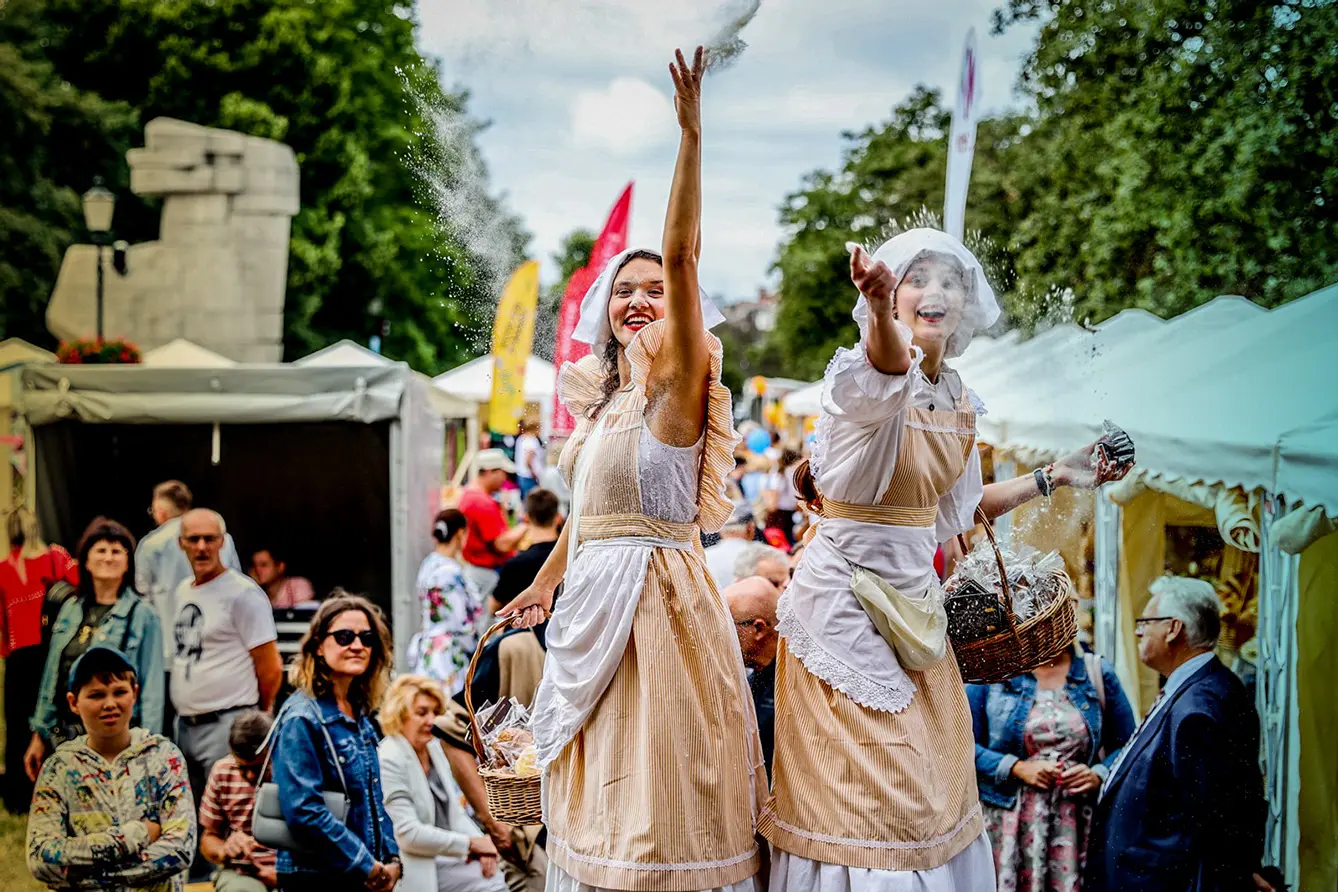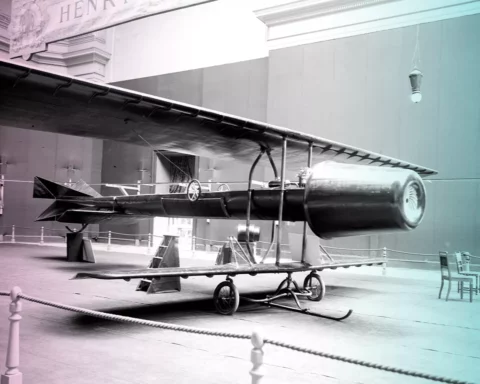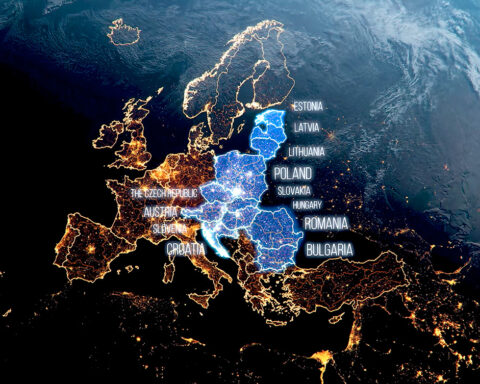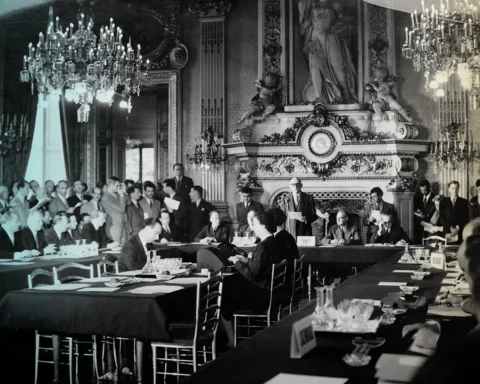Saint Dominic was born in Spain in 1170. It is astonishing to think that a tradition was established only 90 years later in a faraway area of today’s Gdańsk in Poland. One strongly connected to the Dominican Order and the Saint himself. How did it happen?
In 1227, a Polish Saint, Jacek Odrowąż (the same Saint Jacek who, according to a well-founded legend, brought pierogi to Poland), invited the Dominican Order to his home country. He was a faithful student of Saint Dominic himself and chose Gdańsk as the location for the first Dominican monastery. The monks were working hard for the local community, and in 1260 Pope Alexander IV granted the friar’s community the indulgence connected to the day of remembrance of their founder. That’s how the Saint Dominic’s Fair came into being.
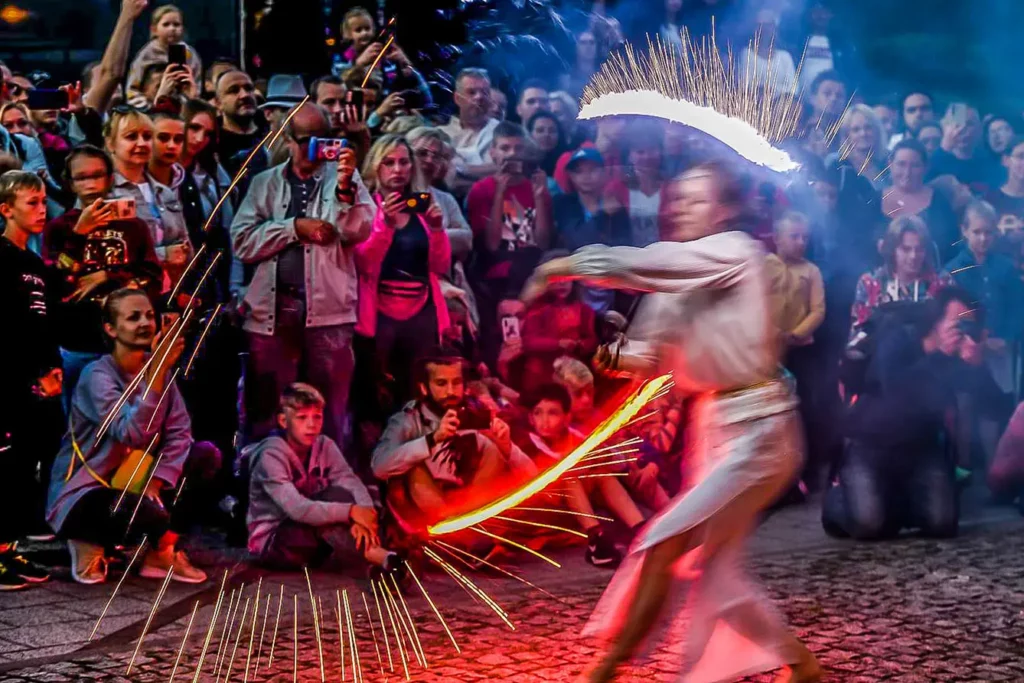
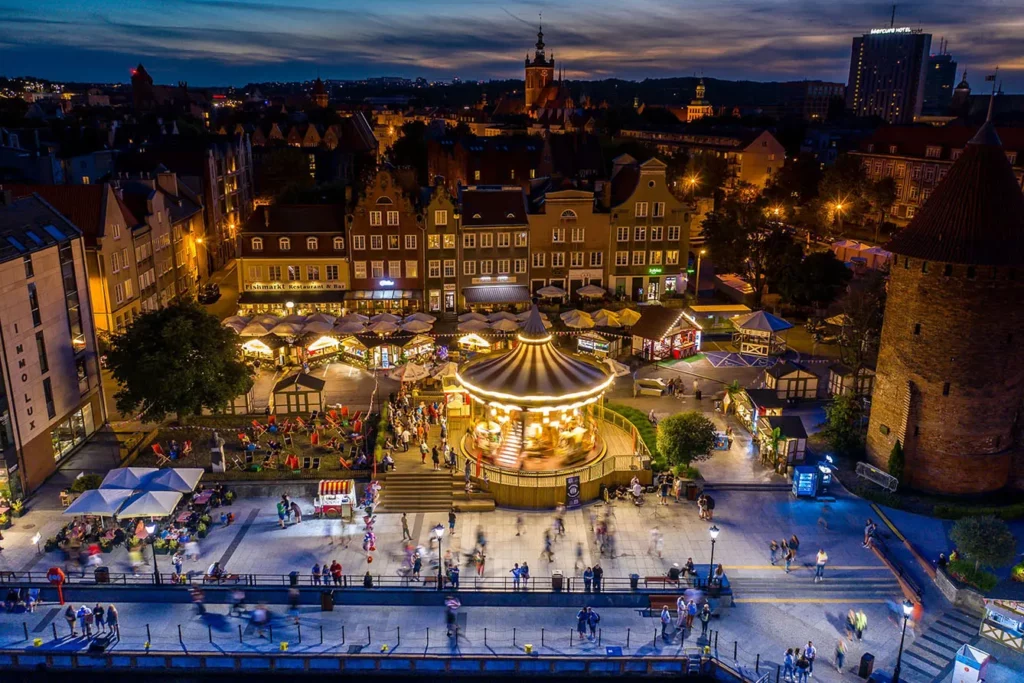
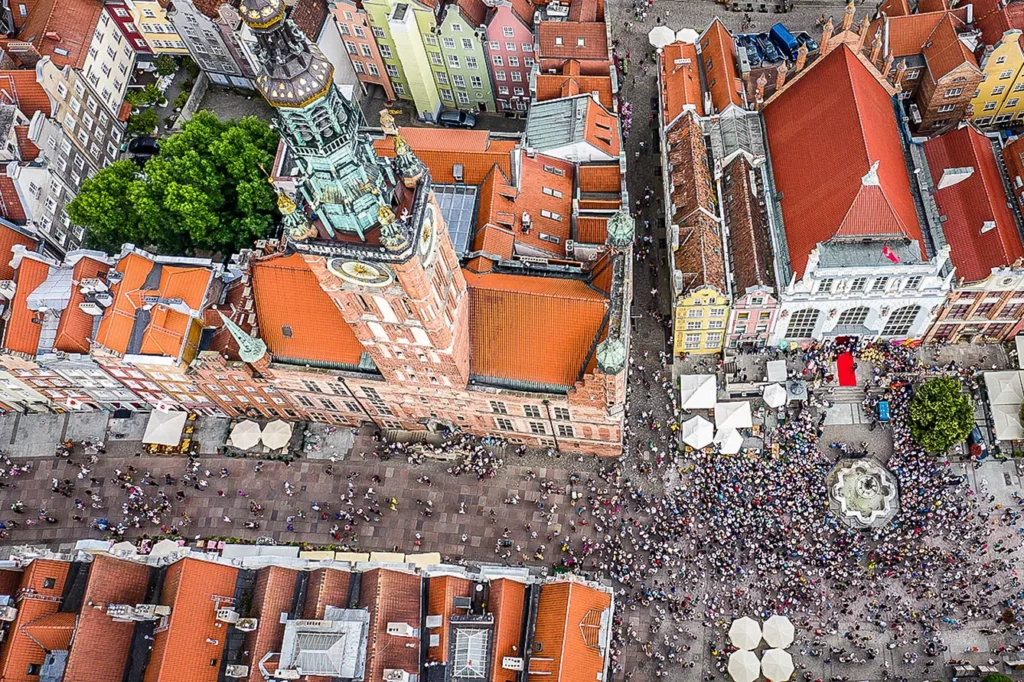
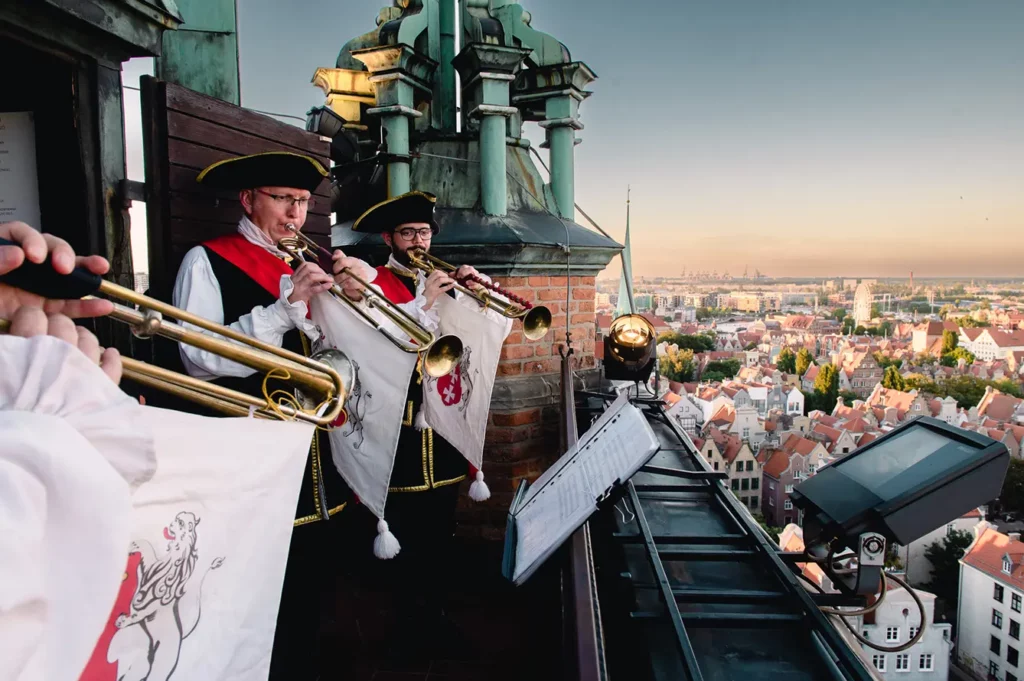
Gdansk St. Dominic Fair: Three weeks of celebrations
And what a market it was! Held annually, it would gather merchants from all around the world. And this is not just an empty claim. The oldest account of the fair comes from the 16th century. Written by the Papal Nuncio, Giulio Ruggieri, it says: “A great fair in honor of Saint Dominic takes place in the month of August. At that time, Germans, French, Flemish, English, Spanish, and Portuguese all flock there, and 400 ships arrive at the port, loaded with French and Spanish wine, silk, olive oil, lemons, preserves, and other Spanish produce, as well as Portuguese spices, tin, and English fabric.”
Naturally, such a gathering would be frequented not only by merchants but also buyers, acting troops, and circus performers – everyone creating one merry group of people celebrating life. Can you just see those colorful stands? Smell the spices that traveled from faraway lands? The foods prepared for the hungry bargain hunters, offered by the locals? Can you hear the squabbling, negotiating, and shouting? Children, running carefree in the forest of adults? Do you think much has changed?
Hundreds of stalls and millions of visitors
Actually – no. Seven hundred and sixty-two markets later, things look very similar. The market still attracts tourists from all over the world. The merchants offer various handmade goods, specialties, and works of art. It is also the place you want to visit if you are an antique hunter or collector of unusual old gizmos, photos – or just about anything else.
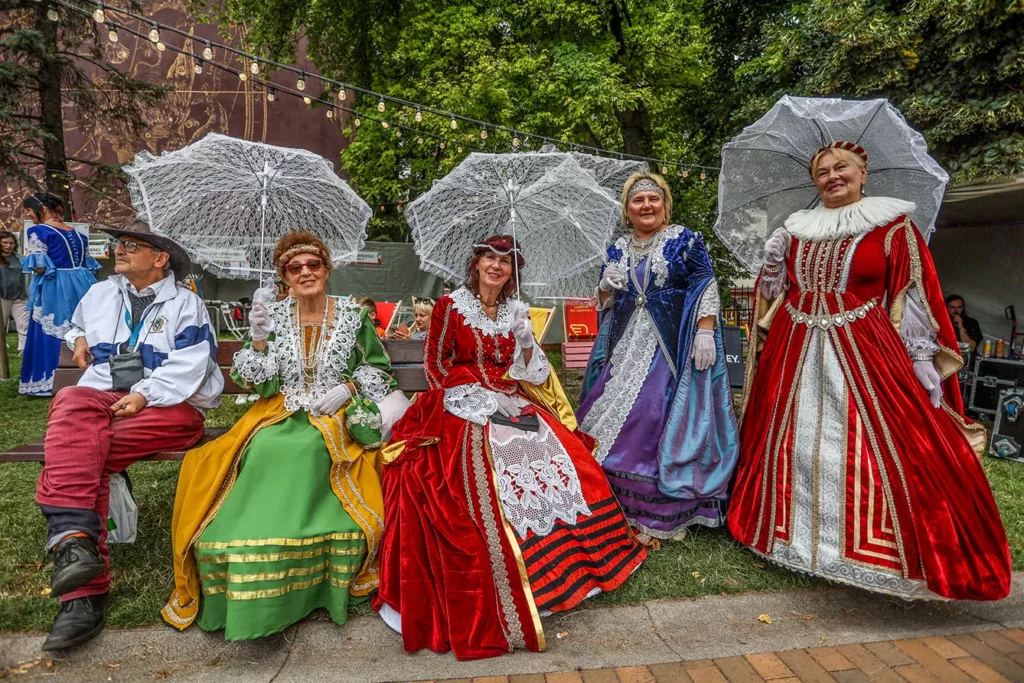
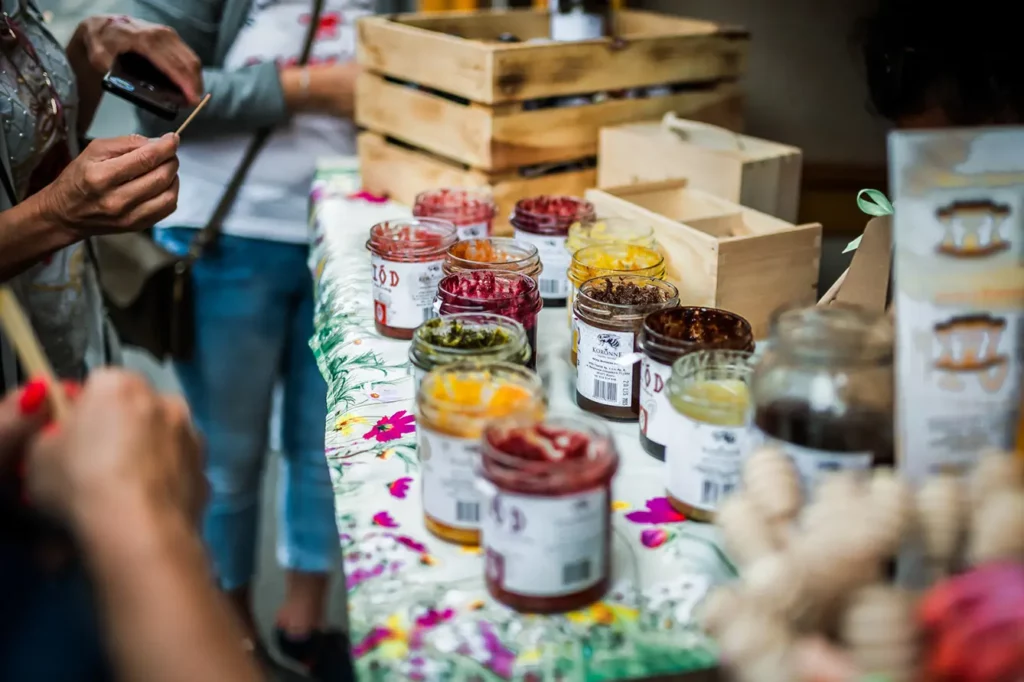
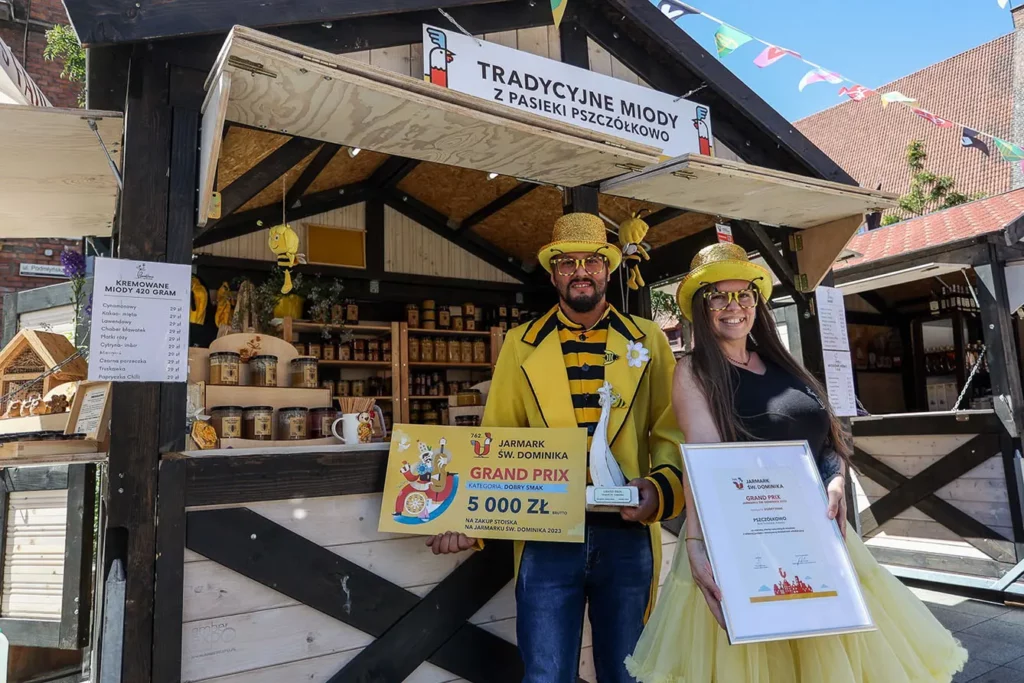
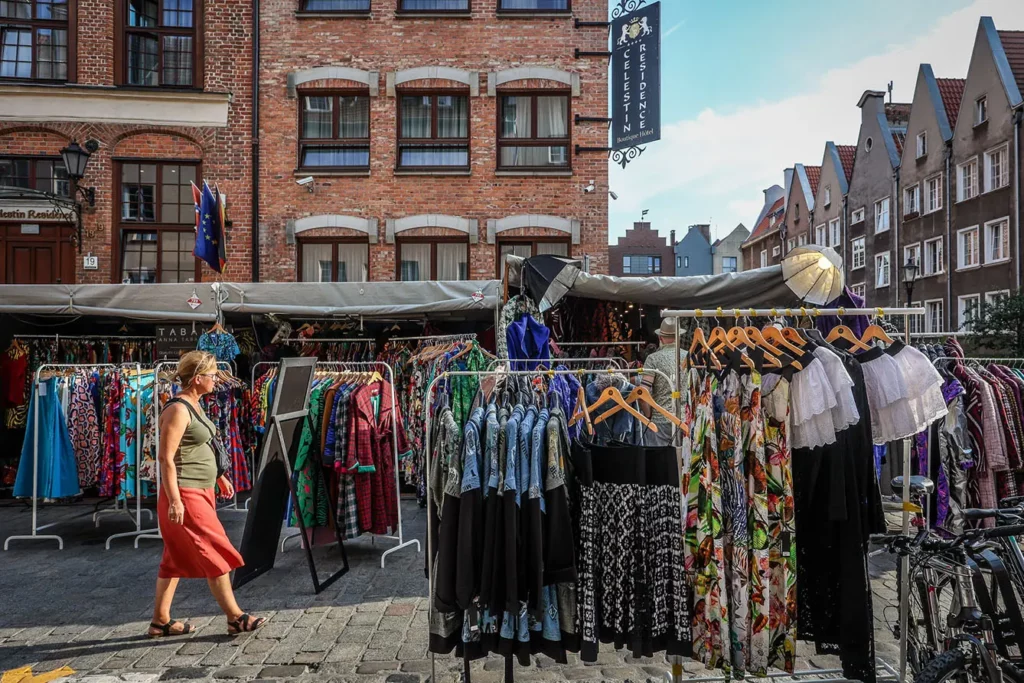
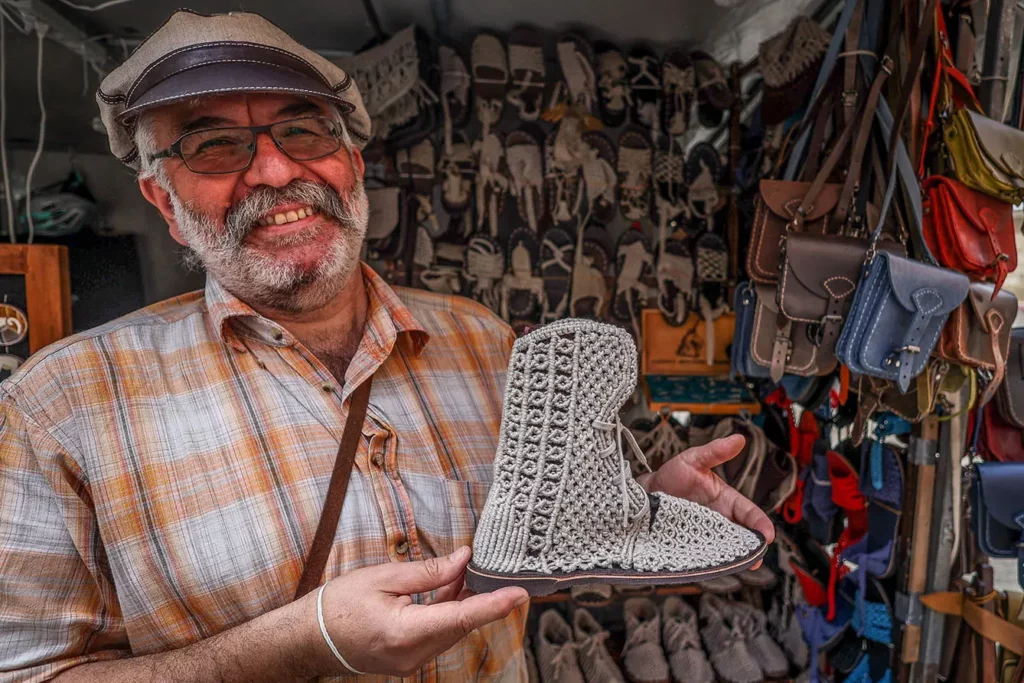


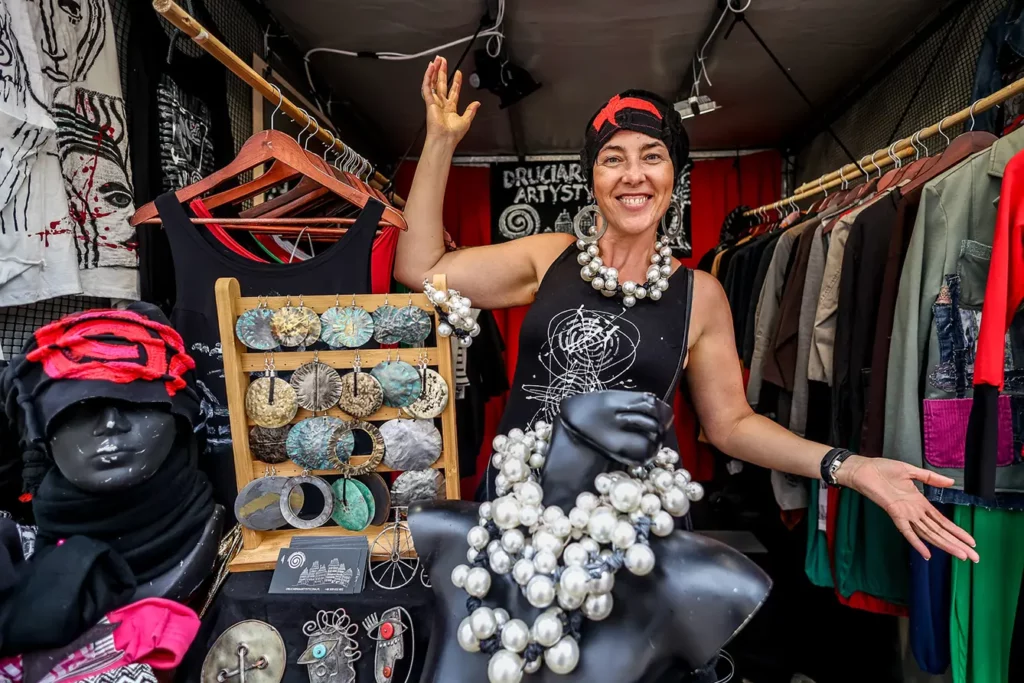
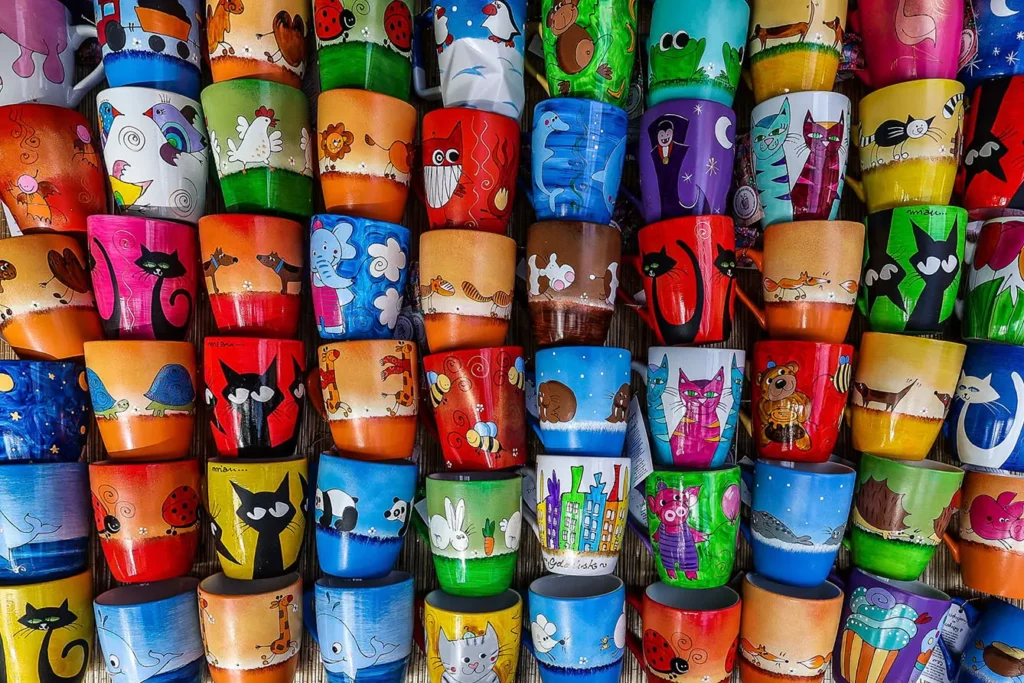
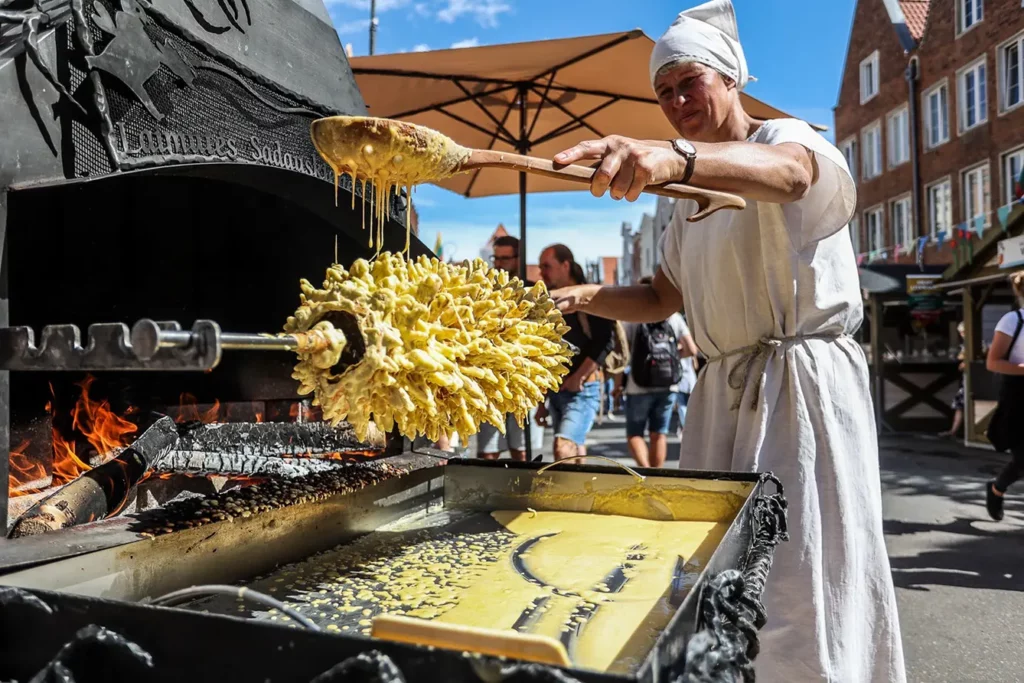
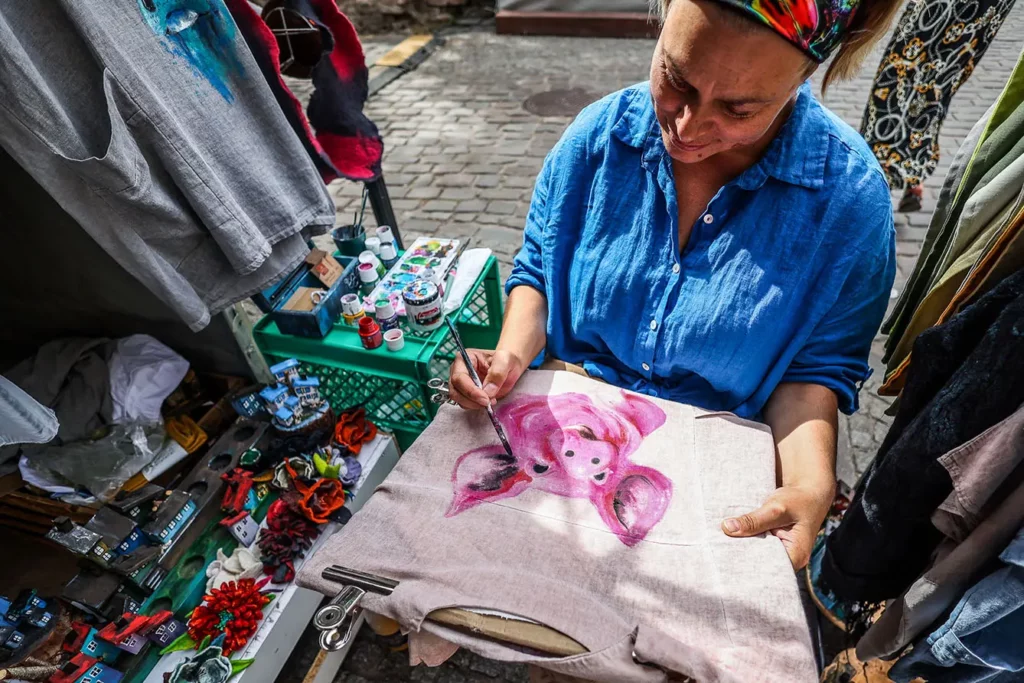
To better illustrate the grandeur of the event, let us tell you that in 2019 (the year before the pandemic), over 7 million people visited the fair, and merchandise was offered in over 1100 stalls! With such numbers up its sleeve, Saint Dominic’s Fair is sure to amaze anyone who comes there. It takes up most of the contemporary Old Town, so you can easily disappear between the stands for a couple of days. The fair is accompanied by cultural events, which can provide some food to the soul. The start of the fair is always marked with a colorful pageant and traditional handing over of the town’s key to the merchants. And the fun begins!
760 notes and a cockerel
The outbreak of the Second World War was the only event in history that prevented Saint Dominic’s Fair from taking place. The tradition was officially resumed in 1972. That is also when a carmine cockerel was officially made the symbol of the fair. The carmine cockerel announces the breaking of dawn. Hence the animal fit in well with Christian symbolism, despite initially being an attribute of the Greek God Hermes – patron of merchants and trade. Keep your eyes open at the fair and try to find all representations of this beautiful animal scattered between the stalls.
The fair is also opened with the sounds of the fair’s anthem. It is probably the most unusual anthem in the world as it is… getting older with the fair. Each year a note is added to the existing melody, making it currently 760 notes long.
There might be many fairs held in honor of Saint Dominic. However, none of them can match the centuries-old tradition of the one taking place in Gdańsk. Anyone who has taken part in this exceptional event would undoubtedly agree.


